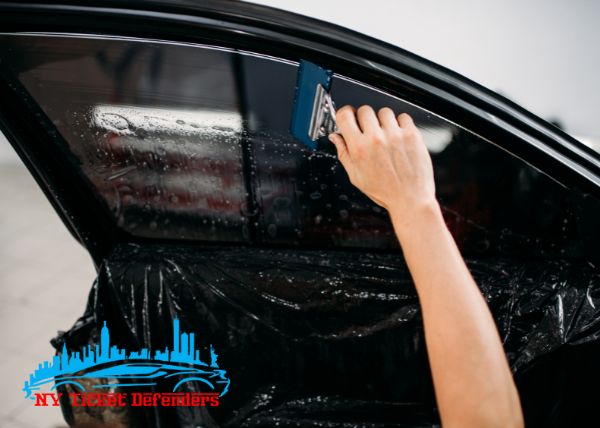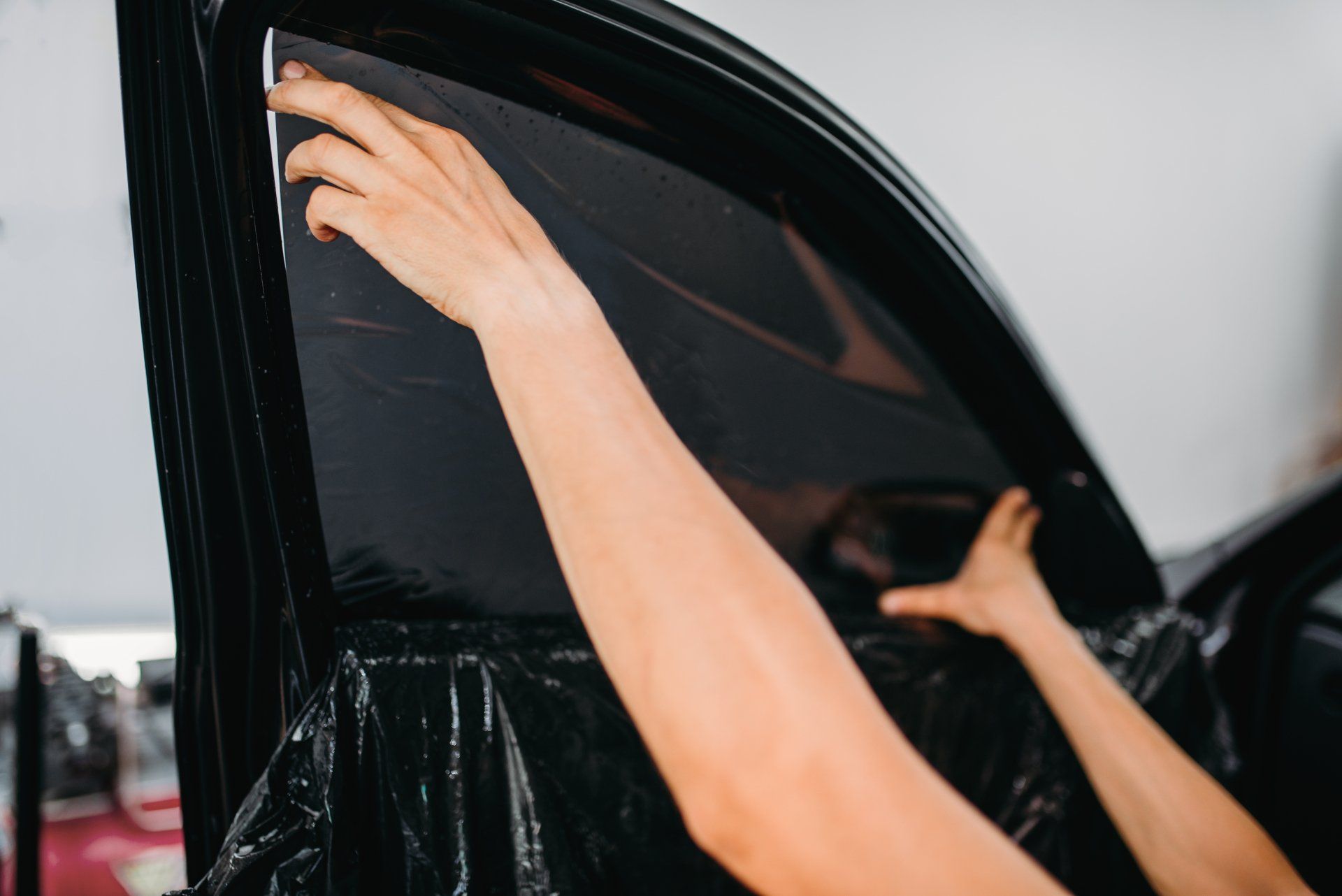How Automobile Window Tinting Safeguards Your Lorry's Interior
How Automobile Window Tinting Safeguards Your Lorry's Interior
Blog Article
Window Tinting Regulations and Guidelines: What You Need to Know Prior To Tinting Your Vehicle
Before proceeding with window tinting for your car, it is essential to acquaint yourself with the diverse laws and standards that control this practice throughout various states. These policies dictate the allowable levels of color darkness, typically determined by noticeable light transmission (VLT) percents, and include particular stipulations for front windshields intended at making certain road safety.
Summary of Window Tinting Regulations
Home window tinting legislations are frequently subject to variant across various territories, showing regional guidelines and security factors to consider. These regulations dictate the allowable levels of tint darkness and reflectiveness on car windows, making sure that vehicle drivers keep appropriate visibility while additionally securing against dangerous UV rays and heat.
A lot of policies classify window tinting based on the Visible Light Transmission (VLT) percent, which indicates the quantity of light that can pass with the window. Typically, lower VLT portions signify darker colors. Regulations usually separate between the front, side, and back home windows, with stricter restrictions put on the front windshield to boost security for both the driver and various other road individuals.
Additionally, some jurisdictions enforce restrictions on the reflectivity of the tint, preventing extreme glow that might hinder exposure. Exceptions to these regulations might exist for people with details medical conditions requiring additional sun security. Compliance with window tinting guidelines is vital, as offenses can lead to penalties, compulsory elimination of the tint, and prospective boosts in insurance coverage premiums. It is vital for car proprietors to acquaint themselves with neighborhood regulations before proceeding with window tinting installations.
State-by-State Tint Laws
Recognizing the details window tinting guidelines in each state is vital for automobile owners looking for to abide by the regulation. Each state in the united state has actually established its very own set of regulations governing home window tinting, which can vary dramatically. These regulations commonly determine the permitted levels of color darkness, the sorts of windows that can be tinted, and any clinical exemptions that may apply.
For example, states like California have strict restrictions on tint darkness for front windows, while others, such as New Mexico, may permit darker colors. Additionally, certain states mandate specific presence portions for various home windows, consisting of the windshield, front side windows, and rear home windows. It is critical for auto owners to familiarize themselves with their state's regulations to prevent prospective fines or fines.
In addition, some states might need a certification sticker label to be put on tinted home windows, indicating compliance with state regulations. Failure to stick to these policies not only risks legal repercussions however can also impact security and visibility while driving. Lorry proprietors need to perform extensive research or get in touch with regional authorities to make sure full understanding and conformity with state-by-state tint regulations.
Allowed Tint Degrees and Types
Lots of automobile proprietors might be stunned to learn that permitted tint degrees and types differ extensively throughout different states. Each state has developed its very own guidelines concerning the permissible darkness and reflectivity of home window color, typically measured by Visible Light Transmission (VLT) portions. VLT describes the amount of light that can go through the tinted windows; hence, a lower percent indicates a darker tint.

Furthermore, the kinds of tint products allowed can differ, with some states forbiding mirror-like or metallic surfaces. It is necessary for lorry proprietors to acquaint themselves with their state's specific laws to make sure conformity. Non-compliance can cause penalties, mandatory removal of the tint, or other legal repercussions, making it critical to understand these laws before continuing with installation.
Medical Exemptions for Tinting
While not all states offer allocations for medical exemptions regarding home window tinting, those that do identify the requirement for specific people to boost presence and comfort my explanation due to clinical conditions. Numerous medical problems, such as lupus, skin cancer cells, and specific eye conditions, can make individuals especially conscious sunlight. These individuals might need darker colors to safeguard themselves from damaging UV rays and glow.

It is very important to keep in mind that also with a clinical exemption, there might still be restrictions on the level of tint allowed. Conformity with state regulations makes certain that individuals are both secured and within legal limitations. Those thinking about clinical exemptions must contact their neighborhood Division of Motor Cars or equal authority to understand the needs and procedures necessary to make an application for an exemption successfully.
Charges for Non-Compliance
Failing to follow home window tinting regulations can bring about considerable penalties, which differ by state. Police are encouraged to provide citations for vehicles that do not adhere to the defined tinting laws. These penalties typically consist of penalties, which can range from moderate quantities to several hundred dollars, relying on the extent of the infraction and the state concerned.
In some territories, repeated offenses may result in intensifying fines or additional penalties, such as compulsory court appearances. In addition, non-compliance might require the elimination of prohibited tinting, frequently at the owner's expenditure. In extreme situations, habitual wrongdoers might face suspension of their car registration up until conformity is attained.
Furthermore, insurance coverage effects might arise from getting several citations for window tint violations. Insurers may see such infractions as an indicator of riskier behavior, possibly bring about increased premiums or problem in insurance coverage.
To prevent these fines, it is vital for vehicle owners to familiarize themselves with their neighborhood home window tinting regulations and make sure that their lorry complies (Window Tinting). This aggressive technique not only prevents legal implications but also advertises road safety and security
Final Thought

Many laws identify home window tinting based see this here on the Visible Light Transmission (VLT) percentage, which indicates the amount of light that can pass with the window. Conformity with home window tinting policies is essential, as offenses can result in penalties, compulsory elimination of the tint, and potential boosts in insurance policy costs.Understanding the specific home window tinting guidelines in each state is crucial for automobile owners looking for to conform with the legislation. These laws typically determine the permitted degrees of color darkness, the kinds of home windows that can be tinted, and any type of clinical exemptions that might apply.
For instance, states like The golden state have rigorous restrictions on tint darkness for front news home windows, while others, such as New Mexico, may allow darker tints.
Report this page